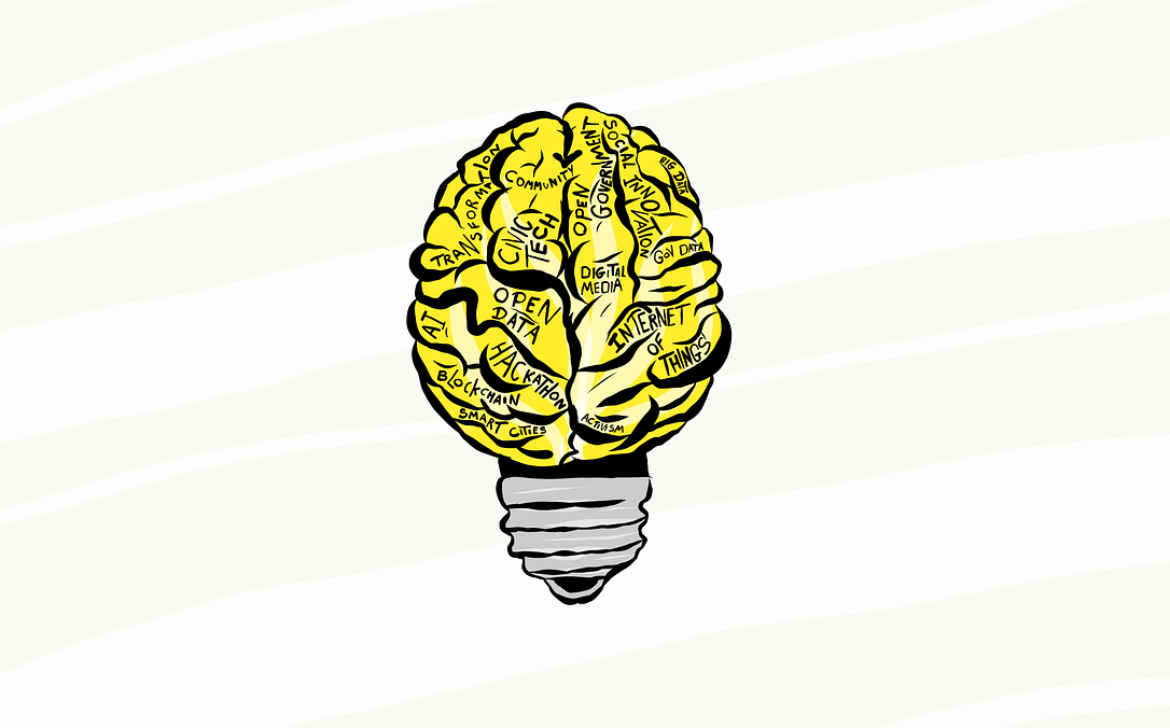Exploring the Metaverse: Developments and Future Potential
The concept of the metaverse has captured the imagination of technologists, futurists, and consumers alike. Often depicted as a collective virtual shared space, the metaverse is more than just a digital extension of our physical world; it’s an expansive, immersive, and interactive digital realm where users can connect, work, play, and live through virtual avatars. With significant advancements in technology, the development of the metaverse is accelerating, promising transformative changes across industries and daily life. This blog explores the latest developments in the metaverse, the technologies driving its growth, its potential applications, and the challenges that lie ahead. The term “metaverse” was popularized by Neal Stephenson’s 1992 science fiction novel “Snow Crash,” where it described a virtual reality-based successor to the internet. Today, the metaverse is envisioned as a comprehensive, interconnected virtual universe where digital environments and physical reality converge. Unlike traditional virtual worlds or online games, the metaverse offers a persistent, real-time experience that can be accessed through various devices, including VR headsets, augmented reality glasses, and standard computers or mobile devices. The metaverse comprises several key elements: The realization of the metaverse relies on a confluence of cutting-edge technologies. Several key advancements are driving the development of this immersive digital ecosystem: The metaverse holds immense potential across various sectors, from entertainment and gaming to education, healthcare, and beyond. Here are some of the most promising applications: While the metaverse presents exciting opportunities, several challenges and considerations must be addressed to realize its full potential: The metaverse is still in its infancy, but its potential to transform how we live, work, and interact is immense. As technology continues to evolve, the metaverse will likely become an integral part of our daily lives, offering new opportunities for creativity, innovation, and connection. Companies like Meta (formerly Facebook), Microsoft, and other tech giants are investing heavily in metaverse development, signalling a growing interest in this digital frontier. The next few years will be critical in shaping the metaverse’s evolution, with advancements in VR/AR, blockchain, AI, and connectivity paving the way for new experiences and possibilities. In conclusion, the metaverse represents a bold vision of the future, where the boundaries between the physical and digital worlds dissolve, and the possibilities are limited only by our imagination. As we stand on the cusp of this new digital era, it is essential to navigate the opportunities and challenges thoughtfully, ensuring that the metaverse is a space that enhances our lives, fosters creativity, and brings people together in meaningful ways. Exploring the Metaverse: Developments and Future Potential
Understanding the Metaverse
Technological Advancements Fueling the Metaverse

Applications and Opportunities in the Metaverse
Challenges and Considerations
The Future of the Metaverse
Outbound Links
















